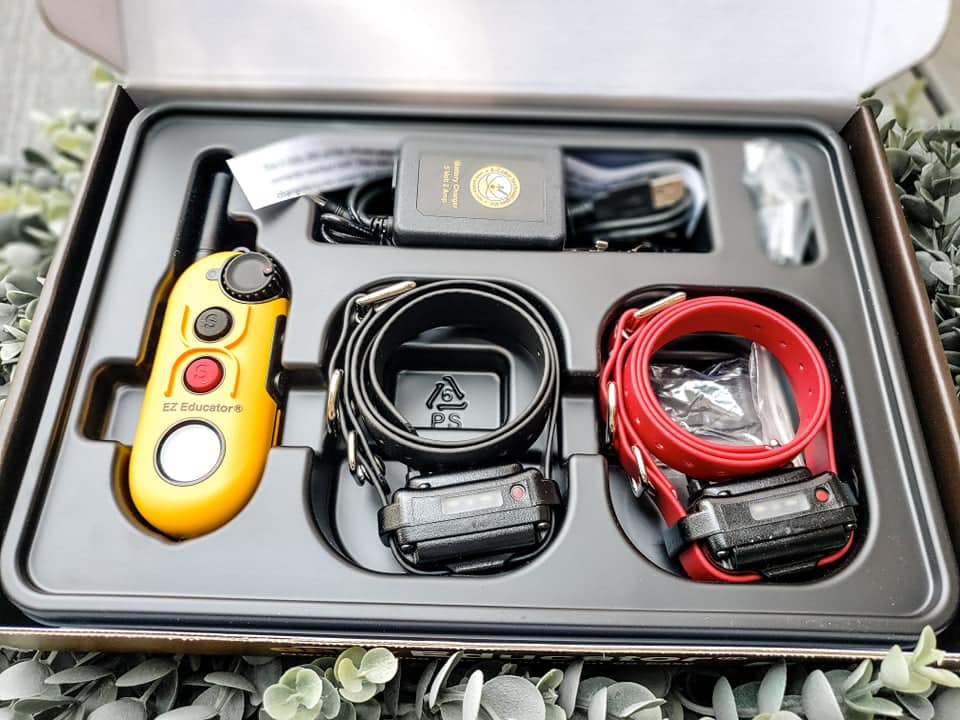
You might be shocked to see me suggest using an e collar on a puppy. However, I’ve got some news for dog owners: Great Dane

You might be shocked to see me suggest using an e collar on a puppy. However, I’ve got some news for dog owners: Great Dane
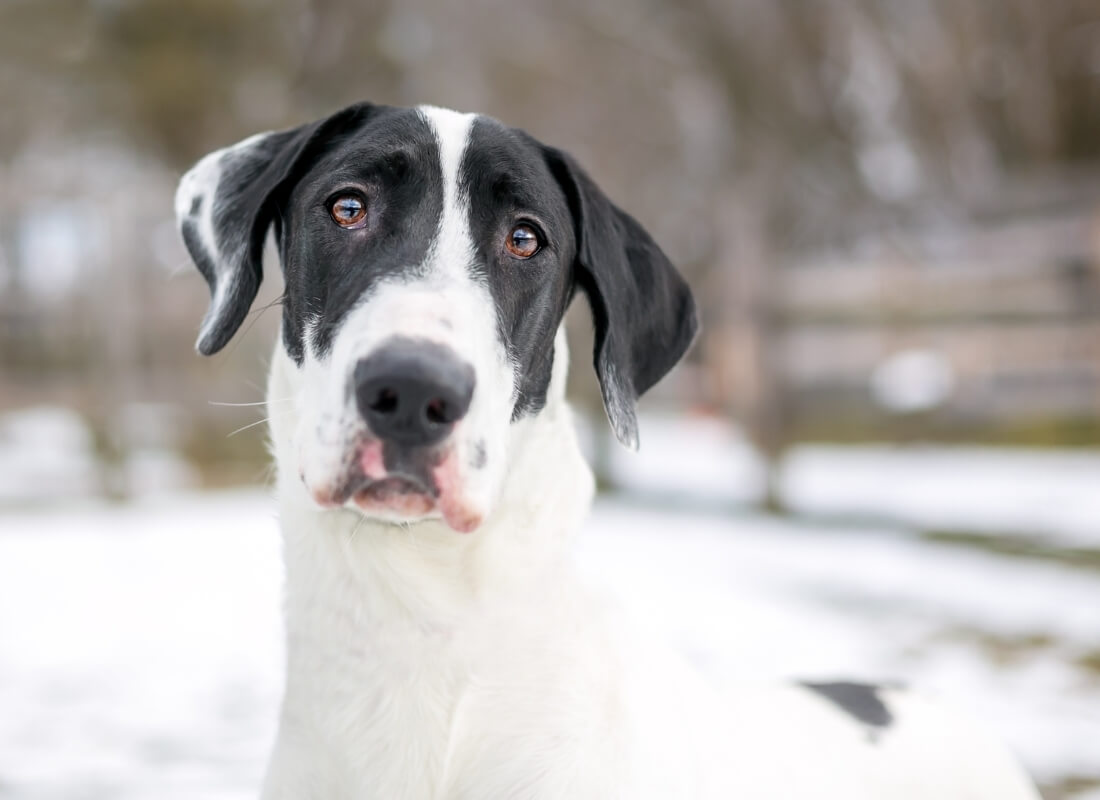
Electronic collar training, often referred to as “e-collar” training, is a modern method used to train dogs. Unfortunately, it is riddled with myths and misconceptions
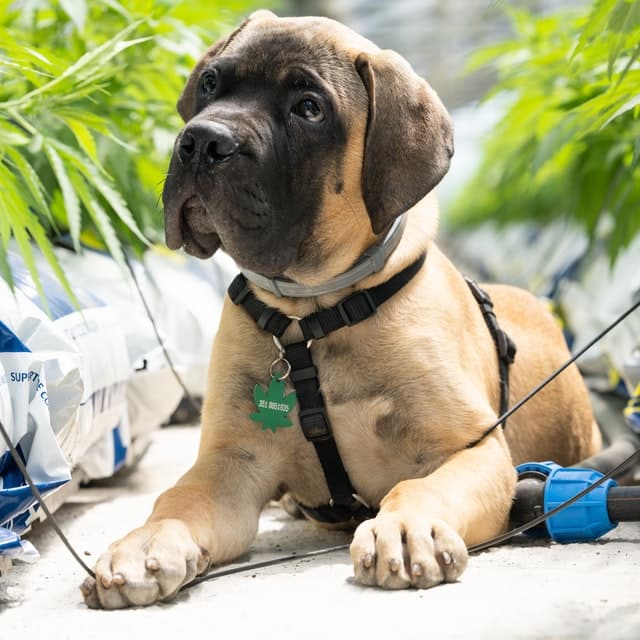
The Best Leash for Great Danes A proper leash for a Great Dane will be well-made, sturdy, and have a substantial solid metal clip on

When I first got my Great Danes (yes- 2 Great Dane puppies at ONCE- WHAT was I thinking?) I was SO excited to start finding
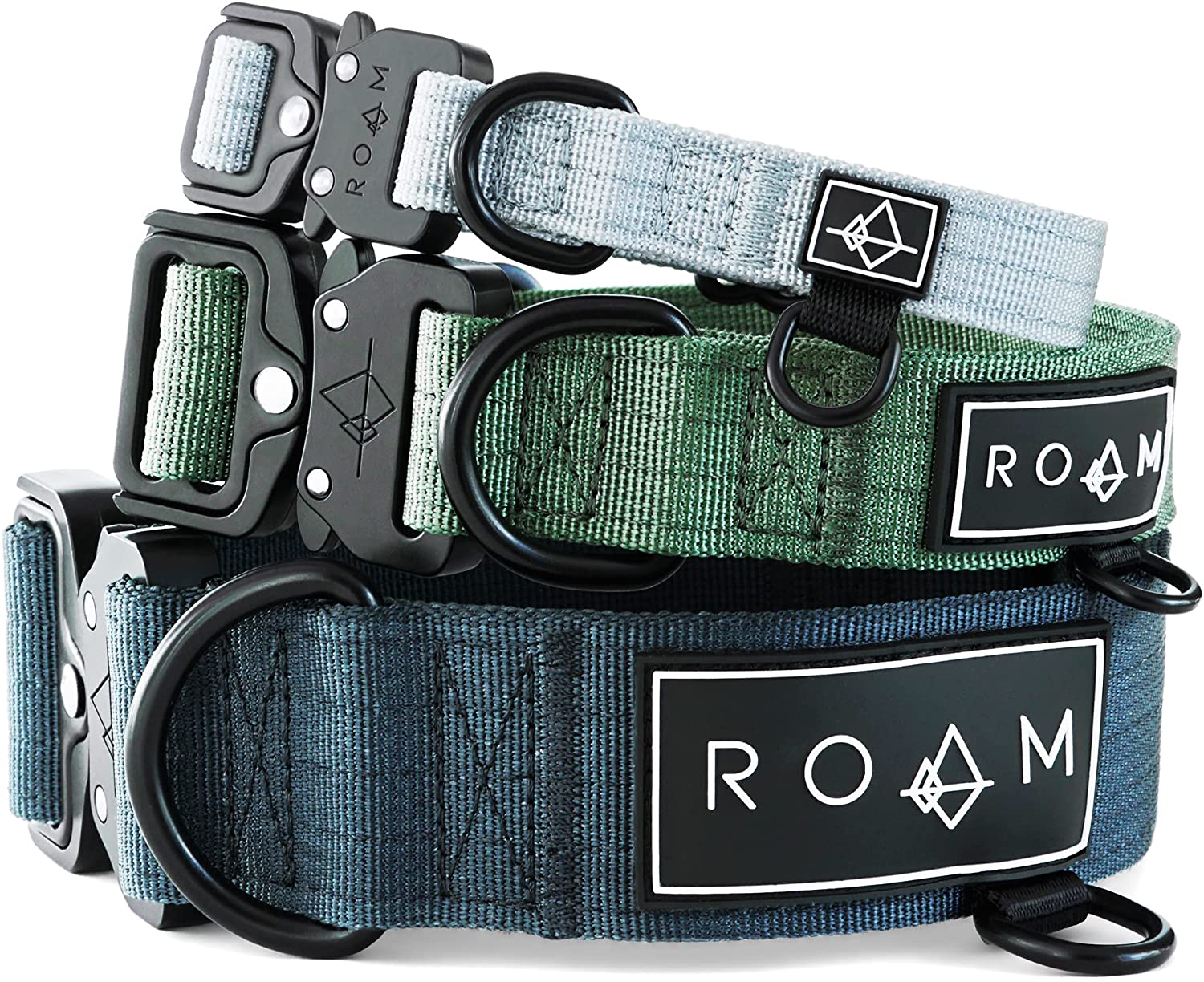
When it comes to choosing the best collars for Great Danes, we’ve got you covered! There are many different types of dog collars available for
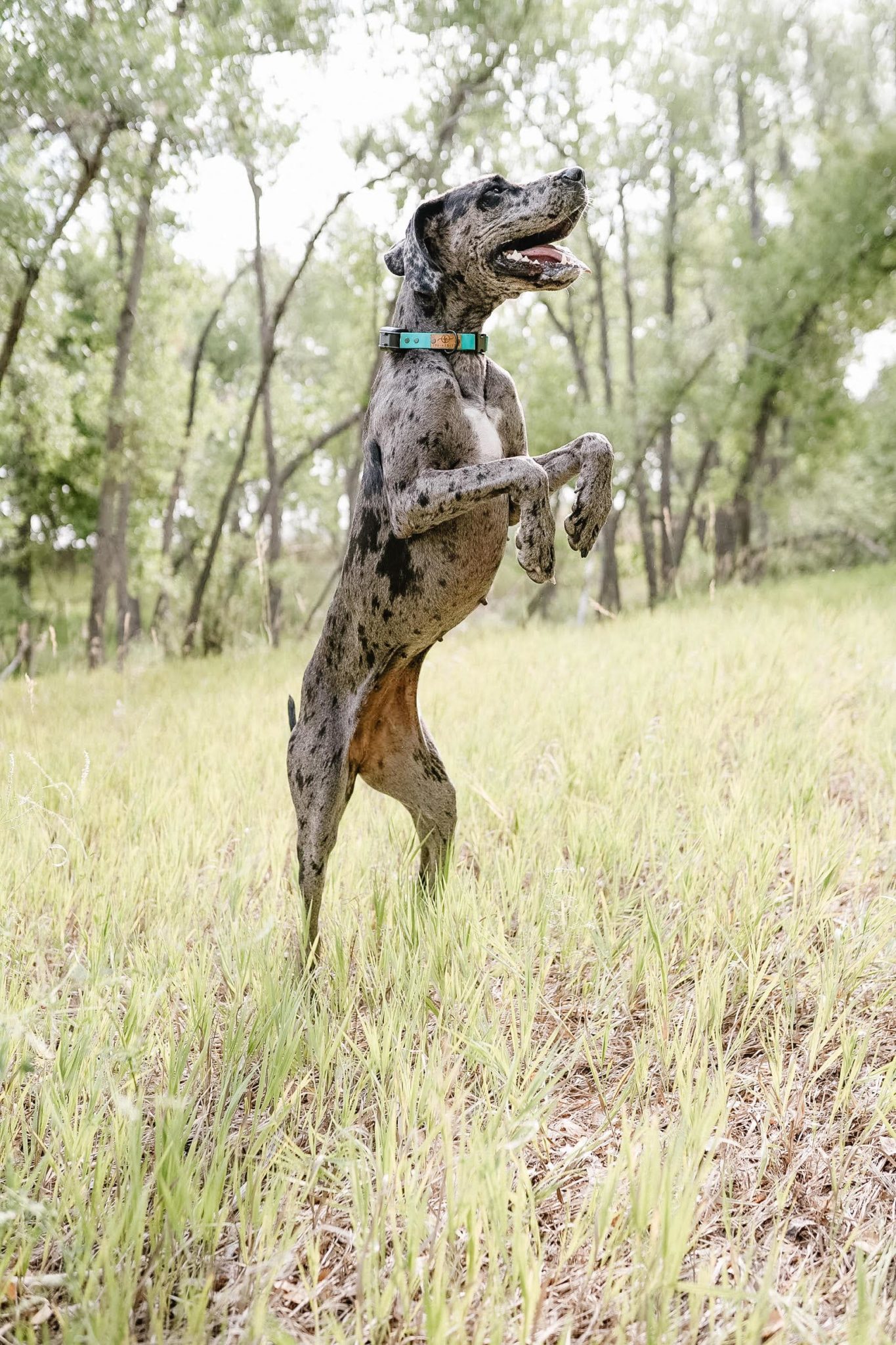
There’s a reason why Great Danes are called the “gentle giants.” They are one of the most docile and loving dog breeds out there. But
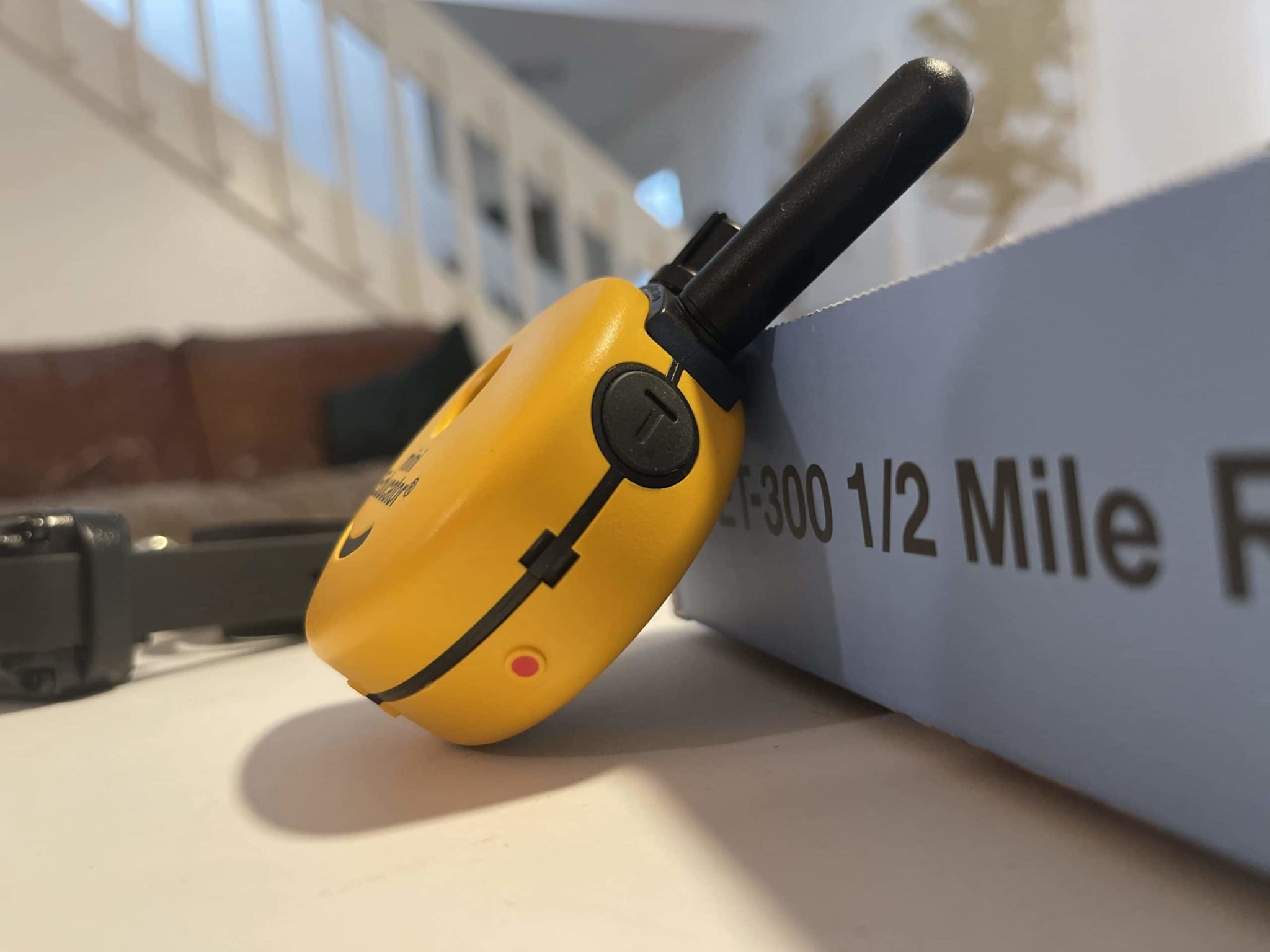
Teaching a Great Dane E collar recall can be difficult, but it’s not impossible. In this dog training guide, we will discuss the best ways to

Introducing a new E-Collar to your Great Dane can be a daunting task. It is important that you take the time to properly condition and
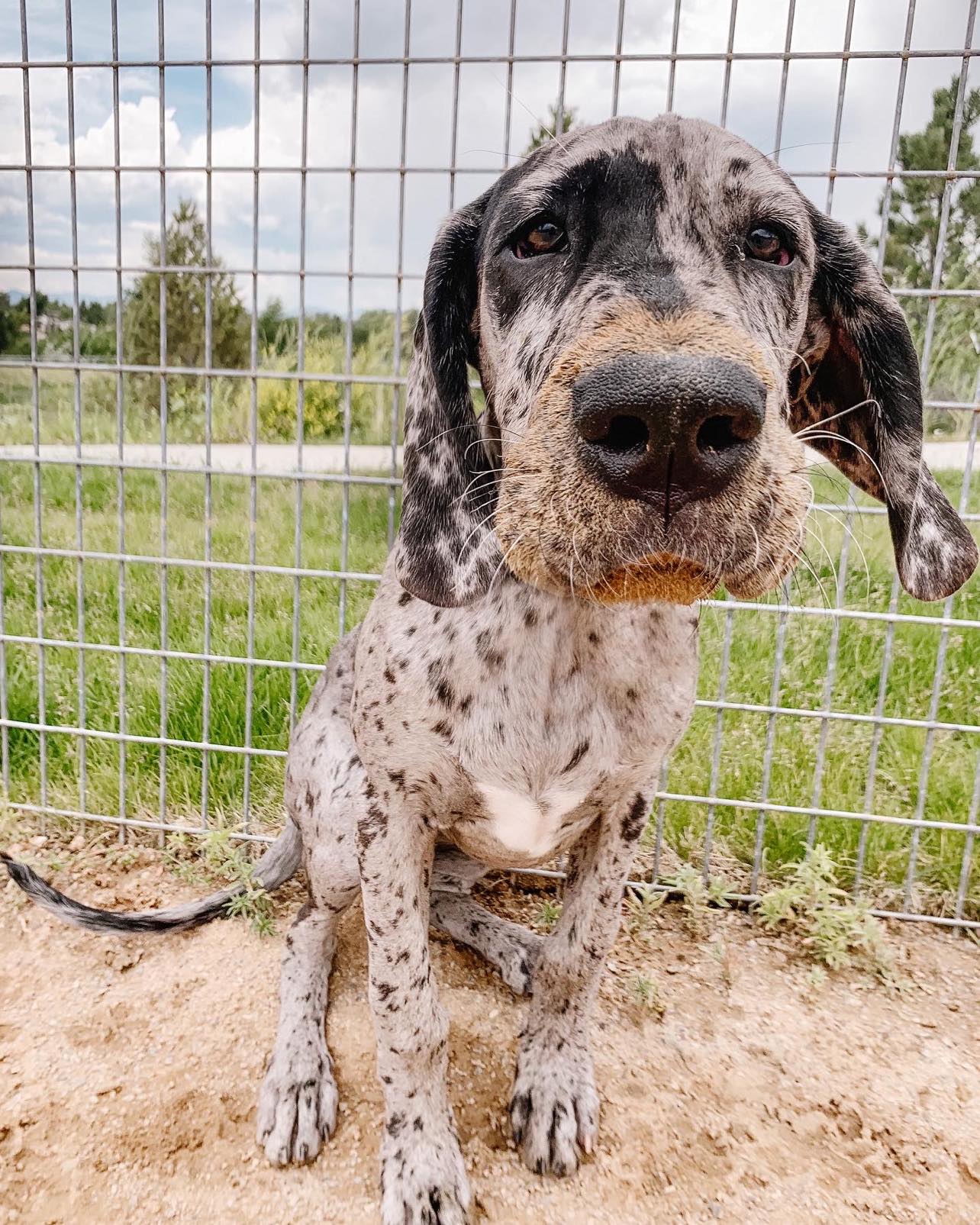
Should I Allow My Great Dane to Play in the Mud? We love a dirty dog. Messy home issues aside, letting your dog get dirty